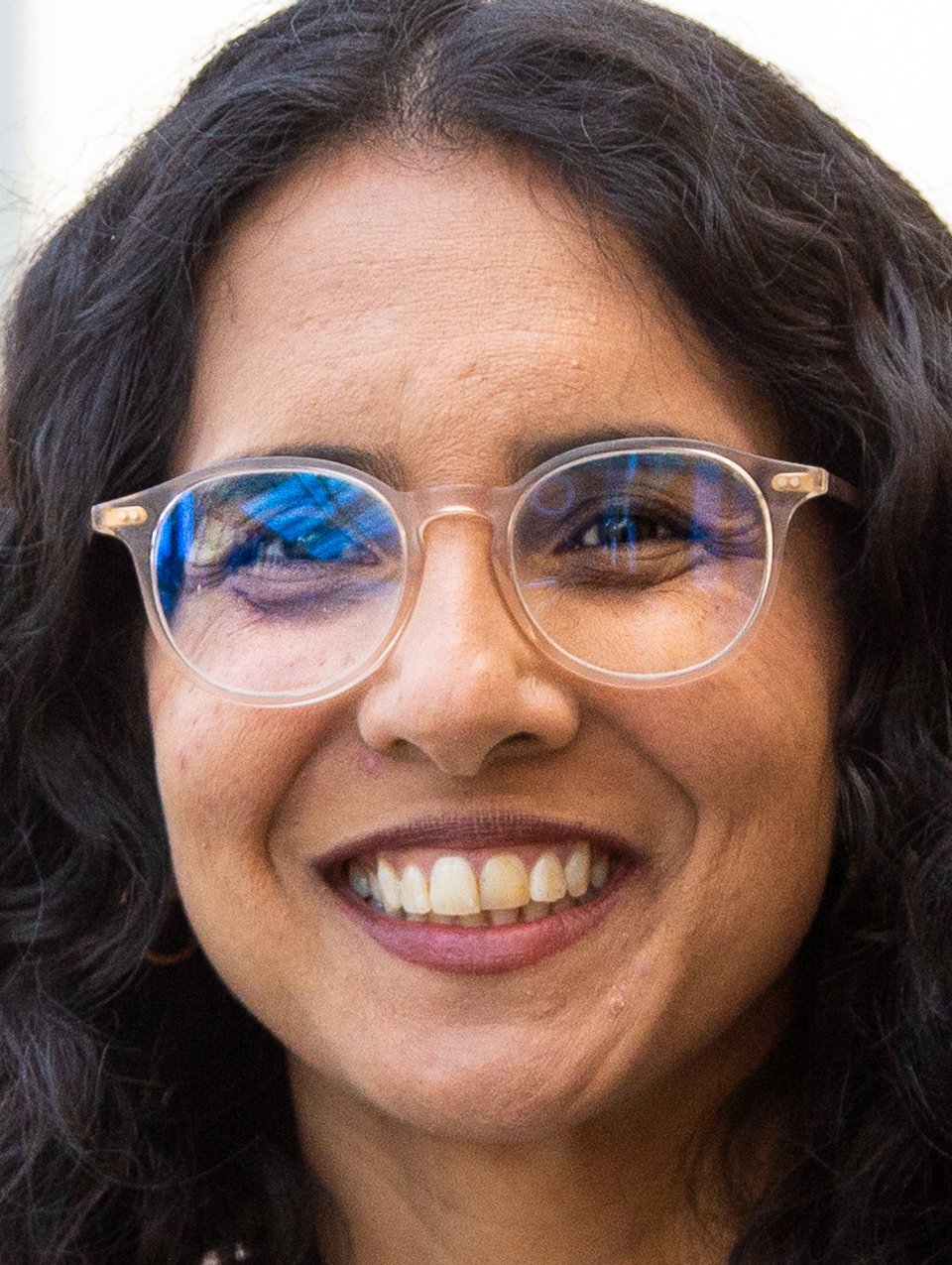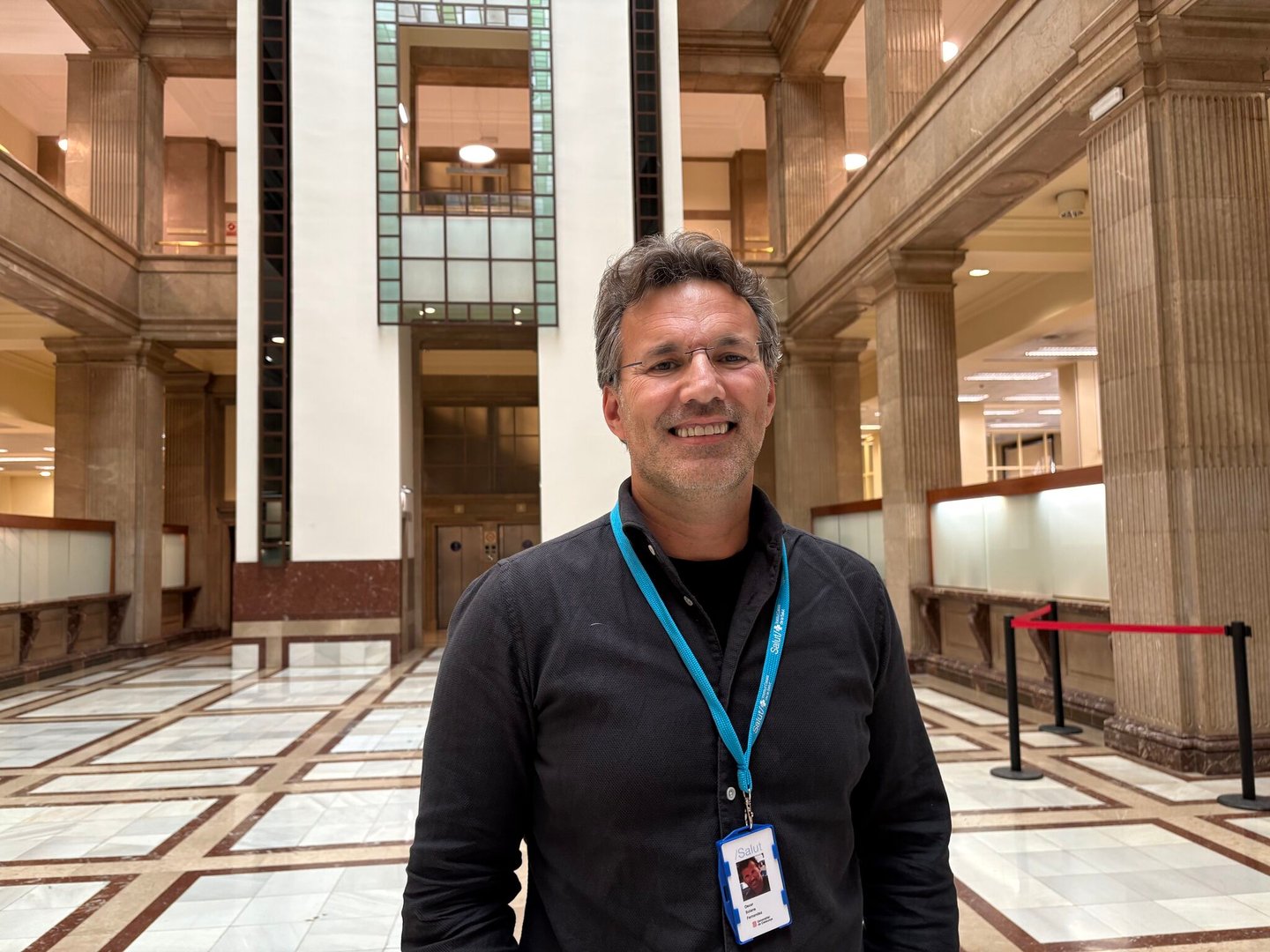Spain: using data and tech to boost primary care
While in Spain, I was impressed by the community-orientation of primary care teams and how care—and service planning—is data driven.
Teams regularly conduct needs assessments of their community. In Vilafranca, I learned the centre routinely partners with the municipality on a needs assessment and hires an epidemiologist to conduct it.
Part of the assessment is quantitative, understanding population demographics and disease prevalence. Another part is qualitative, with focus groups of community members to understand the most common health struggles and the types of services they would prioritize.
Group education sessions conducted by the team are often done in the community e.g. in a church or community centre.
Primary care centres have long-standing relationships with schools and day centres for seniors, often collaborating with them on relevant programming. Health promotion and disease prevention in the community are important activities for all primary care centres.
POSTS FROM SPAIN
Read all of Dr. Tara Kiran’s three-part series:
Read: The gender disparity case
The Villafranca team is located in a more rural community, about 45 minutes outside of Barcelona. To serve the surrounding small villages, the centre uses a hub and spoke model.
The main centre is in town and open 8 a.m. to 8 p.m. But there are also smaller health posts in the villages which are staffed by a doctor, nurse and receptionist one or two times a week, for half a day. This enables patients to get planned care close to home—and for the team to be in touch with the needs of the broader community. For more acute issues when the post is closed, people would travel to the main centre and the doctors serving the villages rotate covering some shifts in the main centre.
Centres generally have at least one doctor and nurse responsible for providing urgent care. I’m told patients can always get same day care for urgent issues. In fact, same day care is so easy, sometimes people walk-in to get same day access even though their issue is not acute. It’s one of the reasons why teams and regional planners are trying to put in place systems for more sophisticated demand management.
Teams are also routinely given data on a number of different quality indicators including data on timely access, management of chronic conditions, prescribing and more.
Data on timely access includes metrics for the percentage of patients who could get an appointment within 48 hours, five days and seven days. The region measures this through audit of schedules.
Managers get centre-level data and can compare their centre’s performance with other centres. Physicians get data on their own panel and can compare their results with peers at their centre (other MD names are anonymized). About 5% of MD and RN pay is based on attainment of quality measures.
I should mention that the health centre managers/directors are generally physicians or nurses. They are highly engaged in resource management, improving quality and efficiency, responding to community needs, and more.
Read: Read the full four-part series: What a difference Denmark makes
Health records
In Catalonia, Spain, all eight million people can access their health records via an easy-to-use app (La Meva Salut or “My health”).
The app has been available to all residents since about 2009 and has been used by more than 5.5 million people. It includes information on immunizations, lab tests, medications, health conditions, waiting list status for procedures and more. Parents can see the data for their kids who are under 16 (and with permission, those 16 to 18).
The app allows people to book an appointment at their health centre and send an e-consultation to their primary care team. Doctors send a response to queries within three days.
The app is made possible by the interoperability of the different data systems. Since about 2007, they have had the infrastructure to connect the data systems from primary care with data from other parts of the public system. All 377 primary care centres in Catalonia use the same EMR. Interoperability also means primary care can look up info in hospital—and referrals and prescription renewals are easy. (Prescriptions go to a central database that all pharmacies can access, you don’t need to pick one pharmacy to send it to!)
But the current system they have to connect the different databases is cumbersome and expensive so in the last few years, they've been building new digital infrastructure to enable not just connection of systems but true integration. They are far ahead of where we are in Ontario and most of Canada—yet still striving to continually do better!
I was also impressed by how they are integrating digital tools and AI to improve effectiveness and efficiency in the clinical setting.
For example, they have algorithms integrated into the EMR that support clerical staff to book patients with the right provider at the right time. Clerical staff enter the patient problem and the algorithm recommends whether the patient should be booked, for example, with a doctor or a nurse and whether the patient needs to be seen today or can wait a few days. It will propose appointments accordingly. This tool is deployed at all centres although variably used on the front-line (with some staff being more open to using this type of algorithm).
In the last year, they have piloted an AI clinical decision-support tool in 13 health centres. Clinicians can use the tool to ask a clinical question (e.g. should my 65-year-old patient with a recent stroke and atrial fibrillation be on an anti-coagulant?). This tool is embedded in the EMR and searches the Catalonian clinical practice guidelines, and if needed, international guidelines, providing the clinician with info at their fingertips.
They are interested in further using AI as scribes in the exam room (something many are doing in Canada) and also exploring its use for appropriate appointment booking.
Thanks to Oscar Solans Fernandez for walking me through some of these great tools and innovations!
Dr. Tara Kiran is a Toronto family doctor at St. Michael’s Hospital and the University of Toronto and leads OurCare—the largest pan-Canadian initiative to engage the public about the future of primary care in Canada.



